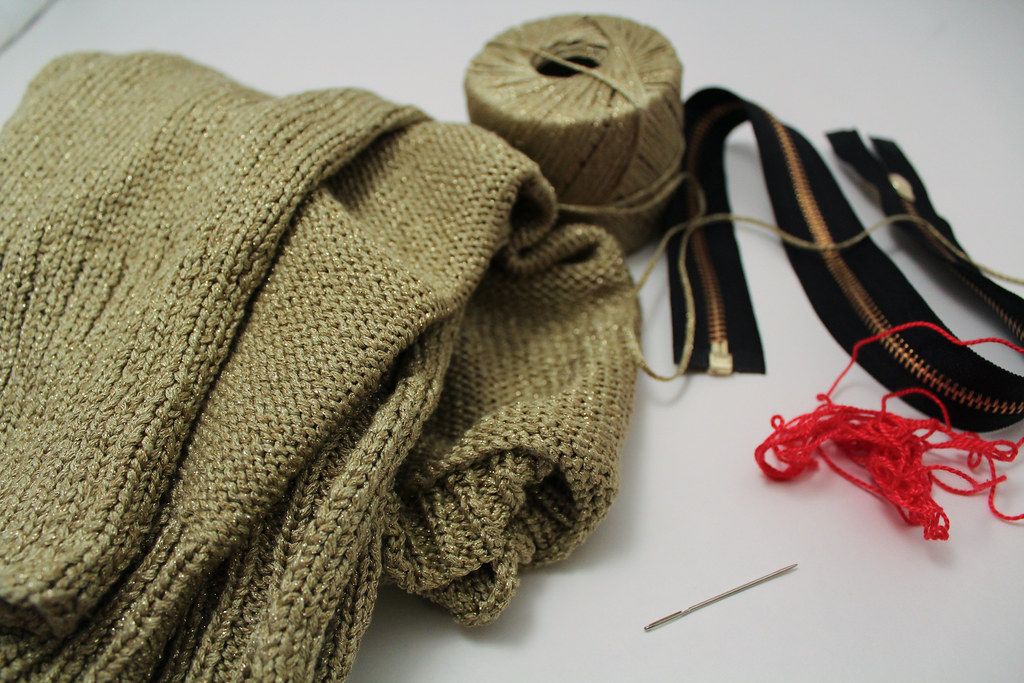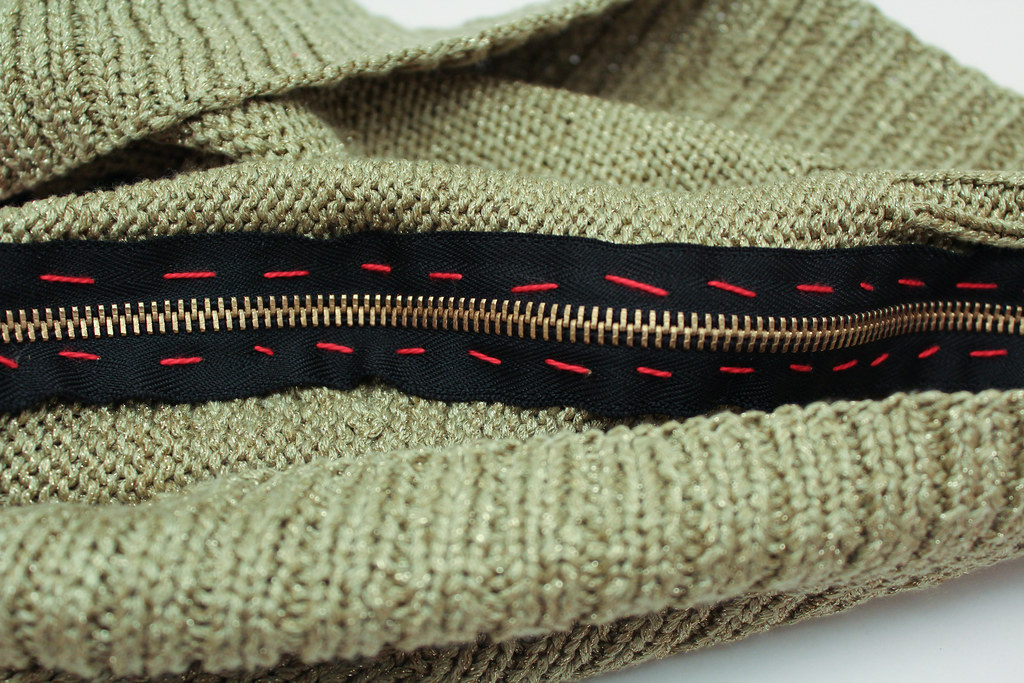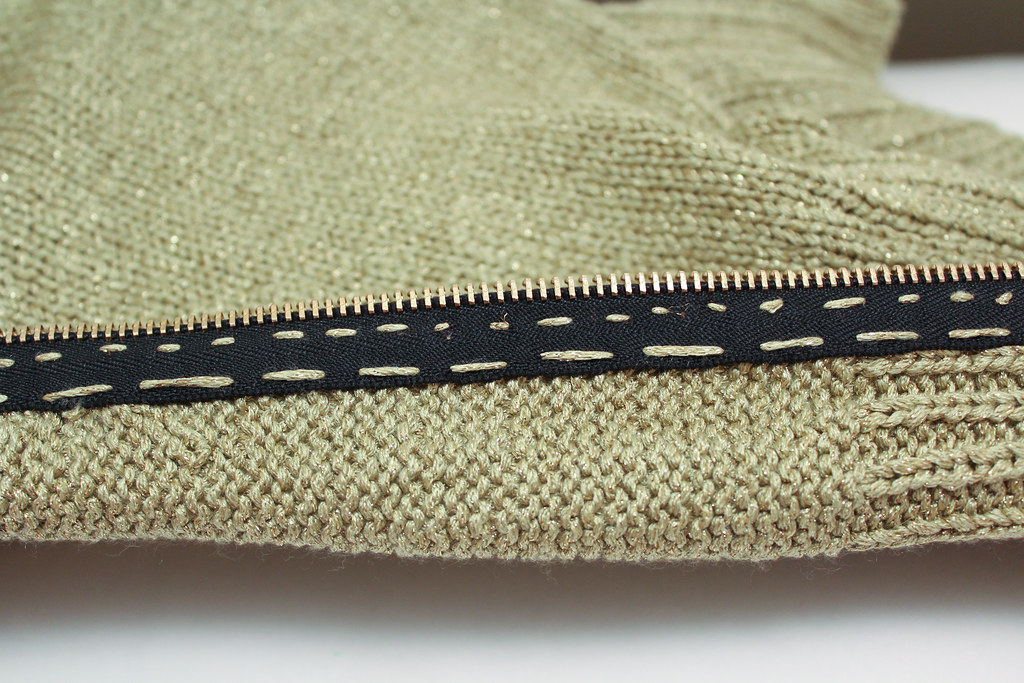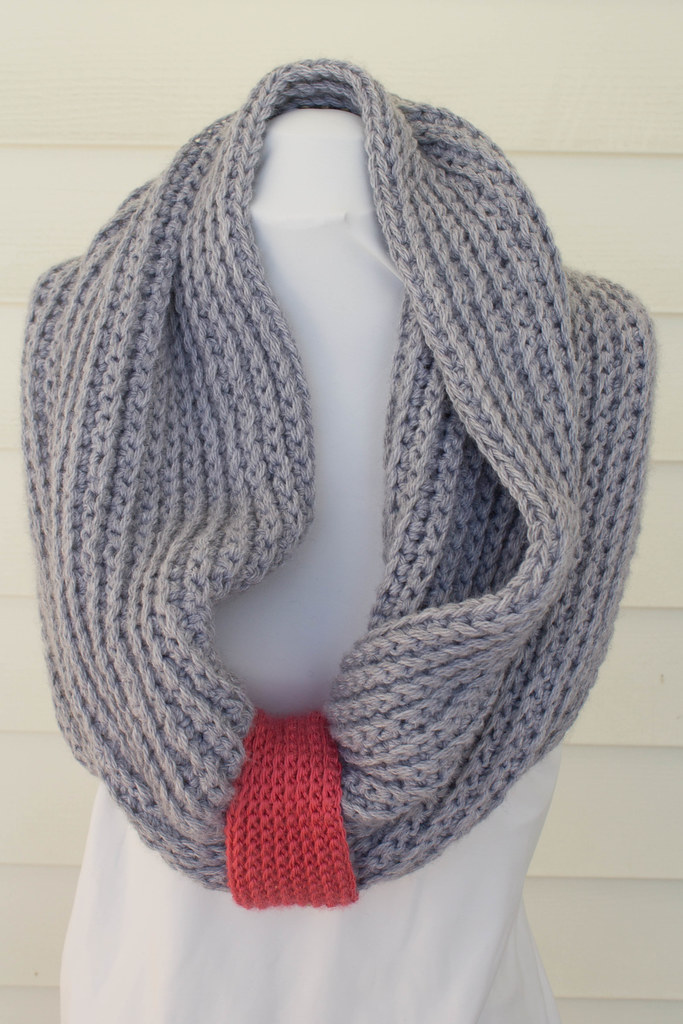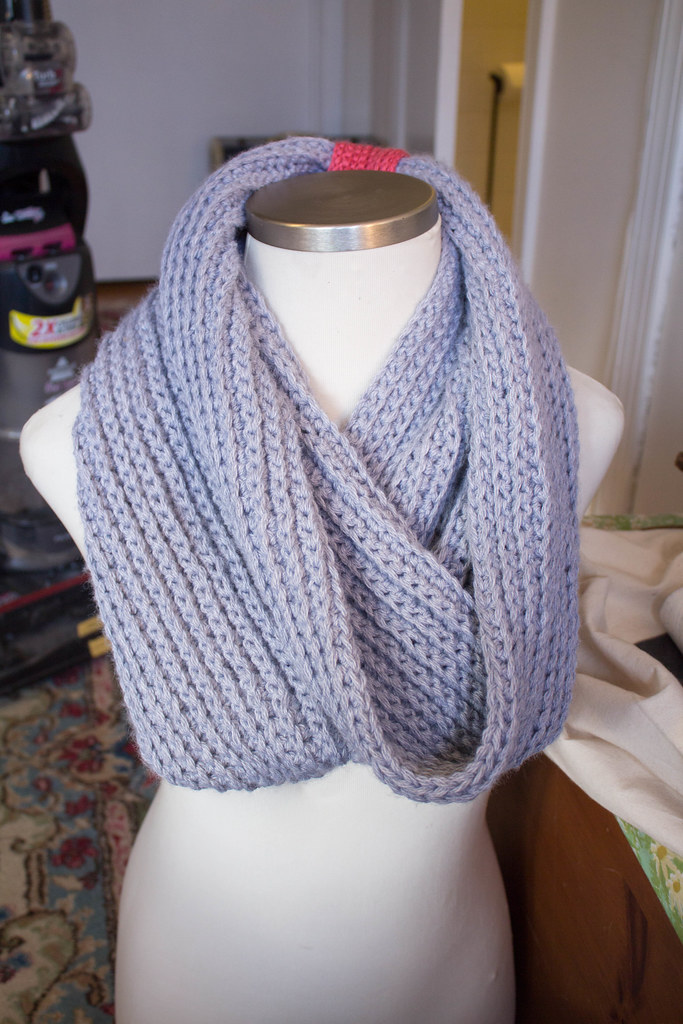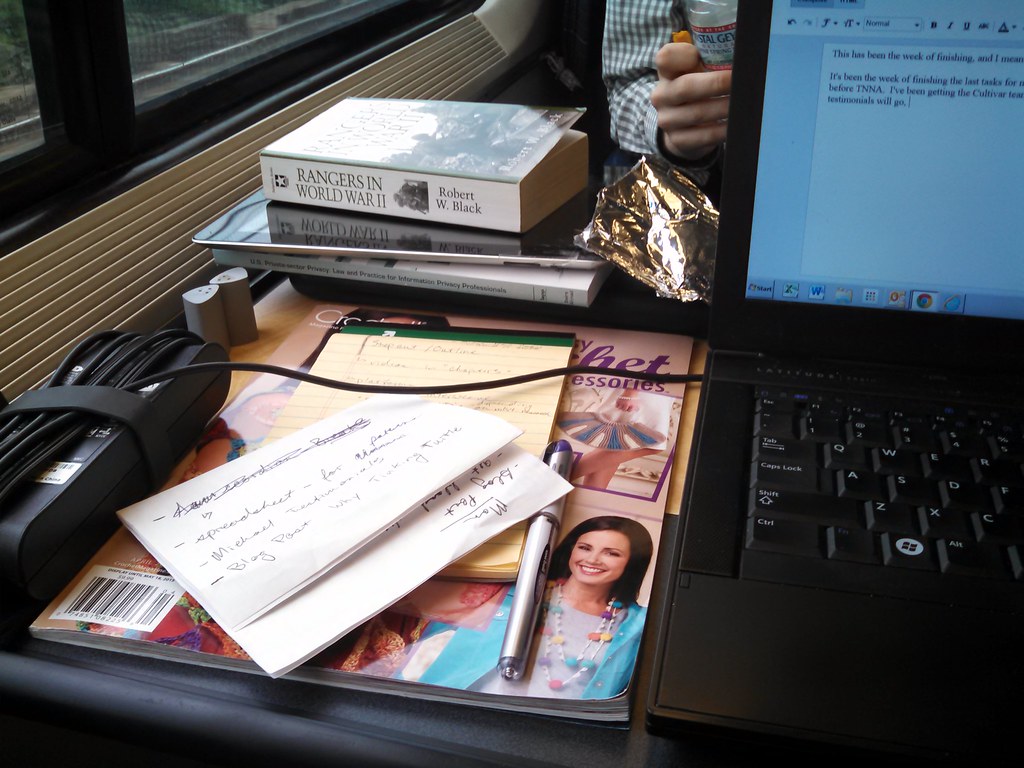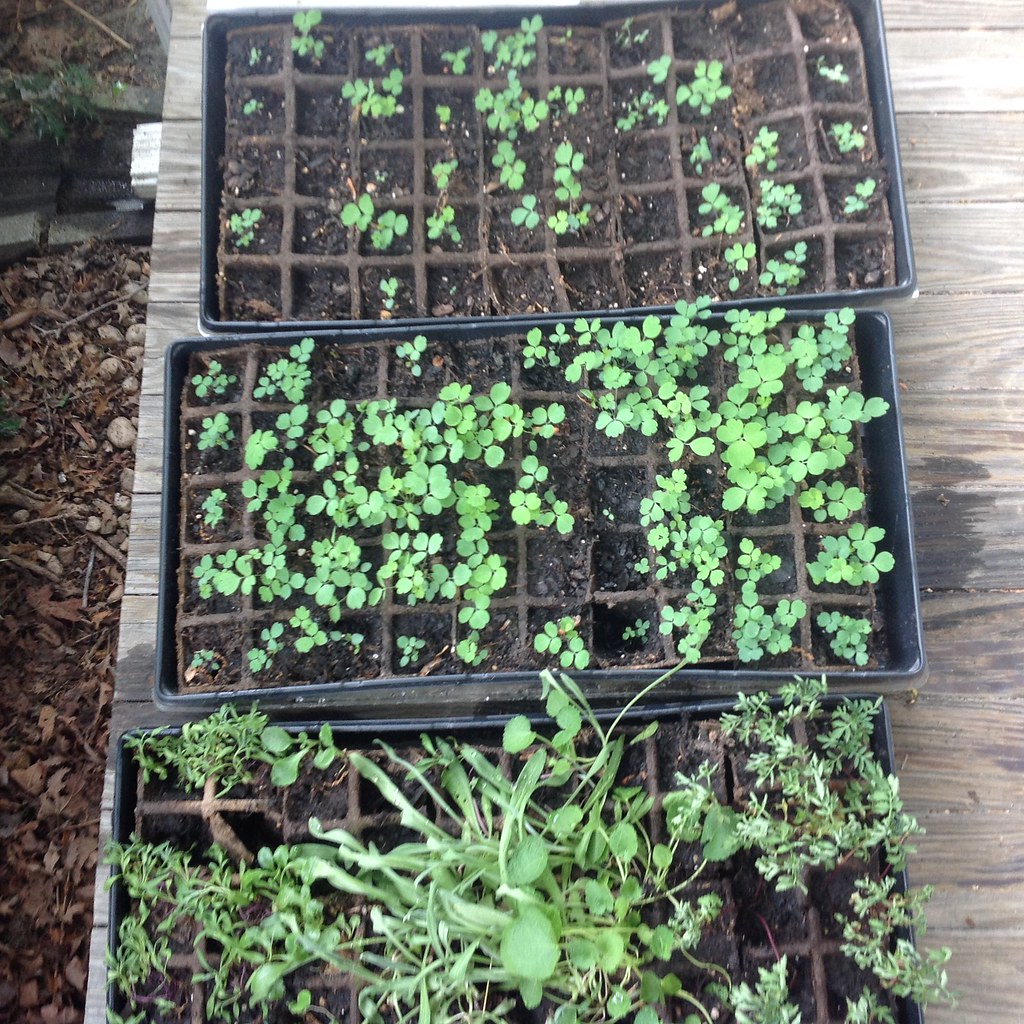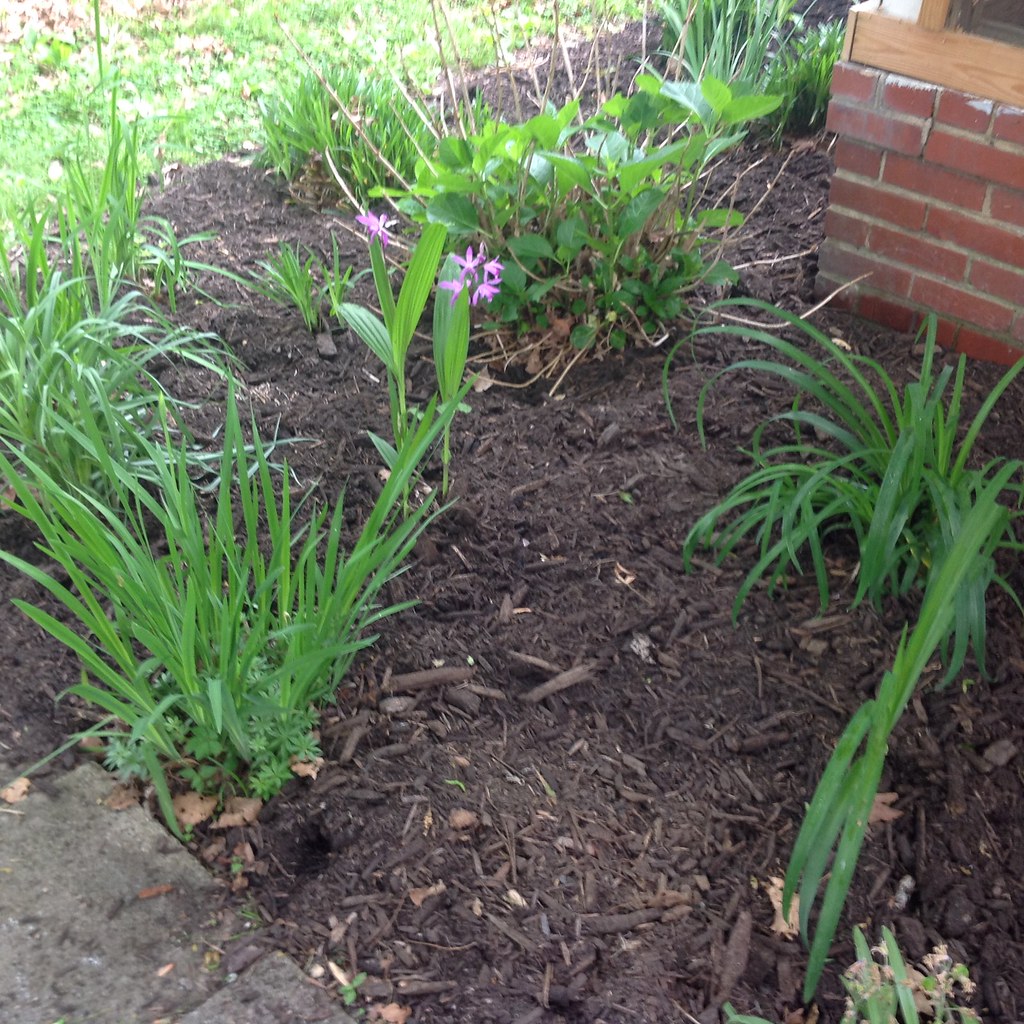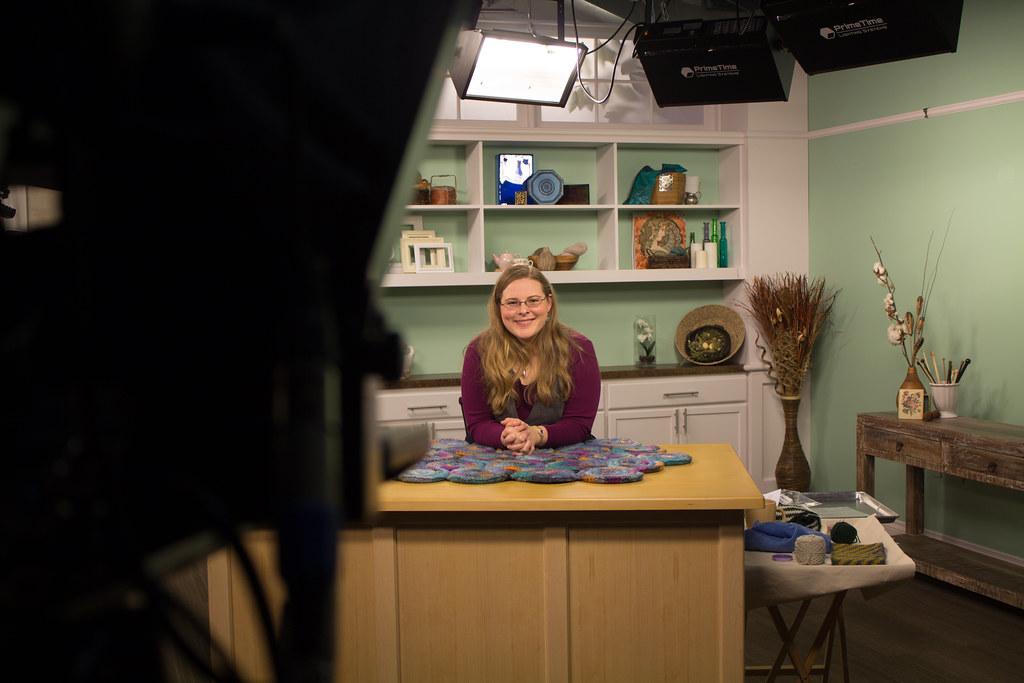Packing last night to get ready to go, I noticed one of my favorite pairs of socks had a hole in it – like nearly half of the hand-knit socks I own right now. They’ve went in the repair bag, to take along with me this weekend.
We’re heading up to my parents in Upstate New York, and it’s bound to be a lovely trip. My youngest brother I haven’t seen in person for nearly a year.





